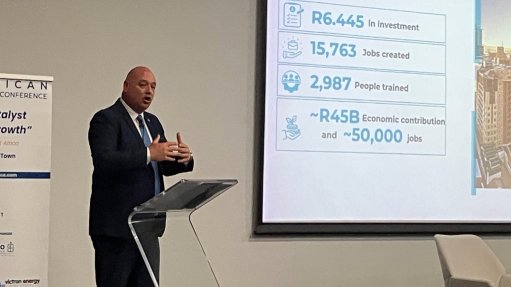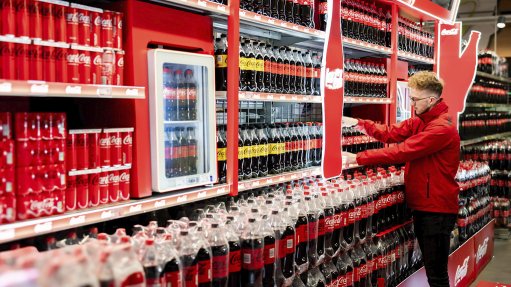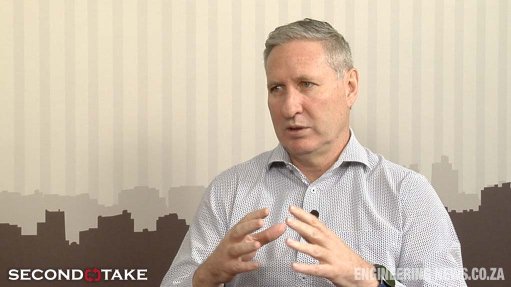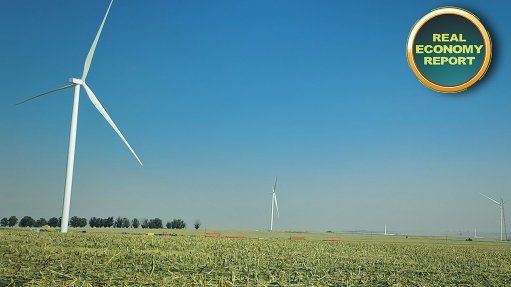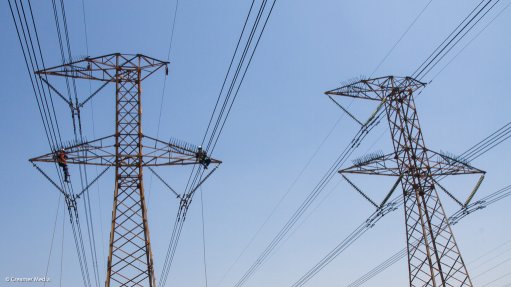Aviation sector, broader economy benefiting from ‘Ramaphosa effect’
Independent economist Dr Roelof Botha has highlighted the existence of a very real ‘Ramaphosa Effect’ – not to be confused with the superficial ‘Ramaphoria’, which followed directly after President Cyril Ramaphosa’s election – which is already benefiting the South African economy. Botha was presenting the Commercial Aviation Association of Southern Africa’s latest Commercial Aviation Activity Index (CAAI), covering the last two quarters of last year.
He stressed the great damage that the administration of former President Jacob Zuma had done to the South African economy. Under Zuma, the country registered big declines in nearly all the World Economic Forum’s (WEF’s) global competitiveness rankings.
Botha cited research by another independent economist, Keith Lockwood, who had calculated that Zuma had cost South Africa R2.5-trillion in lost gross domestic product (GDP). Under his administration, the fiscus had lost R635-billion in tax revenues. Most of the country’s State-owned companies had been reduced to a dysfunctional state. The country’s average annual real GDP growth from 2008 to 2018 had beean only about 1.5% – very low by emerging-market standards. And a culture of corruption had become deeply ingrained at all levels of government.
However, Botha affirmed that there was no problem in South Africa that could not be solved with the right polices and the right people to implement them. And, since Ramaphosa became President, all indicators showed that the economy was on an upward trend. “The economy is growing, but at too slow a rate,” he said.
Foreign direct investment in South Africa jumped dramatically in 2018, compared with 2017. And it increased again, although much more modestly, in 2019 compared with 2018. “Things are happening!”
He expressed scepticism that ratings agency Moody’s would downgrade South Africa’s sovereign debt to subinvestment grade (‘junk status’). But, if it did, that possibility had already been absorbed into the market and would have little impact.
He pointed out that South Africa still ranked highly in certain key WEF indicators. Thus, this country ranked first in the world in terms of budget transparency, second with regard to the equity market capitalisation:GDP ratio, and fourth in terms of the cost of starting a business. In terms of road connectivity, the country ranked seventh, 21st regarding renewable-energy regulation, 27th in terms of air transport services efficiency and 28th when it came to press freedom.
As for the CAAI itself, Botha reported that it showed an upward trend. But he warned that caution was still necessary. “Aviation activity is quite volatile,” he noted. He pointed out that the CAAI had recorded a sharp fall from the second quarter of 2016 to the second quarter of 2017. This had been the height of the ‘State capture’ era.
But, following the most recent edition of the Africa Aerospace and Defence (AAD) exhibition (held in September 2018), the CAAI registered a sharp increase. AAD 2018 was the first edition of the show held after Ramaphosa became President.
The data showed that air traffic movements (ATMs) through airports belonging to the State-owned Airports Company South Africa (ACSA, which owns most of the country’s international airports) fell from the third quarter of 2016. This was probably the result of very strict visa requirements put in place by then Home Affairs Minister Malusi Gigaba. ATMs through non-ACSA airports remained flat from the second quarter of 2017 to the first quarter of 2019, and then fell.
Regarding Johannesburg’s OR Tambo International Airport, ATMs rose significantly from the first quarter of 2019 to the third quarter of that year, and then fell again, but only by a little, during the fourth quarter. Concerning Cape Town International Airport, ATMs declined sharply from the first quarter of 2019 to the second quarter, and then again from the second quarter to the third, only to rebound strongly from the third quarter to the fourth. (Both these airports belong to ACSA.)
Overall, the CAAI was flat from the second quarter of 2017 to the third quarter of 2018. From the third quarter of 2018 to the second quarter of 2019, the index displayed a sharp upward trend. During the second and third quarters of last year, it was flat. The last quarter of the year saw another decrease.
Article Enquiry
Email Article
Save Article
To advertise email advertising@creamermedia.co.za or click here
Comments
Press Office
Announcements
What's On
Subscribe to improve your user experience...
Option 1 (equivalent of R125 a month):
Receive a weekly copy of Creamer Media's Engineering News & Mining Weekly magazine
(print copy for those in South Africa and e-magazine for those outside of South Africa)
Receive daily email newsletters
Access to full search results
Access archive of magazine back copies
Access to Projects in Progress
Access to ONE Research Report of your choice in PDF format
Option 2 (equivalent of R375 a month):
All benefits from Option 1
PLUS
Access to Creamer Media's Research Channel Africa for ALL Research Reports, in PDF format, on various industrial and mining sectors
including Electricity; Water; Energy Transition; Hydrogen; Roads, Rail and Ports; Coal; Gold; Platinum; Battery Metals; etc.
Already a subscriber?
Forgotten your password?
Receive weekly copy of Creamer Media's Engineering News & Mining Weekly magazine (print copy for those in South Africa and e-magazine for those outside of South Africa)
➕
Recieve daily email newsletters
➕
Access to full search results
➕
Access archive of magazine back copies
➕
Access to Projects in Progress
➕
Access to ONE Research Report of your choice in PDF format
RESEARCH CHANNEL AFRICA
R4500 (equivalent of R375 a month)
SUBSCRIBEAll benefits from Option 1
➕
Access to Creamer Media's Research Channel Africa for ALL Research Reports on various industrial and mining sectors, in PDF format, including on:
Electricity
➕
Water
➕
Energy Transition
➕
Hydrogen
➕
Roads, Rail and Ports
➕
Coal
➕
Gold
➕
Platinum
➕
Battery Metals
➕
etc.
Receive all benefits from Option 1 or Option 2 delivered to numerous people at your company
➕
Multiple User names and Passwords for simultaneous log-ins
➕
Intranet integration access to all in your organisation








